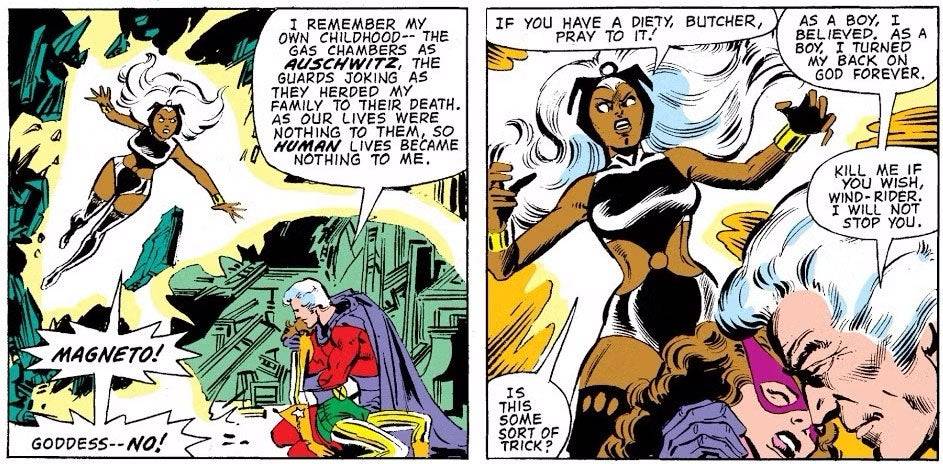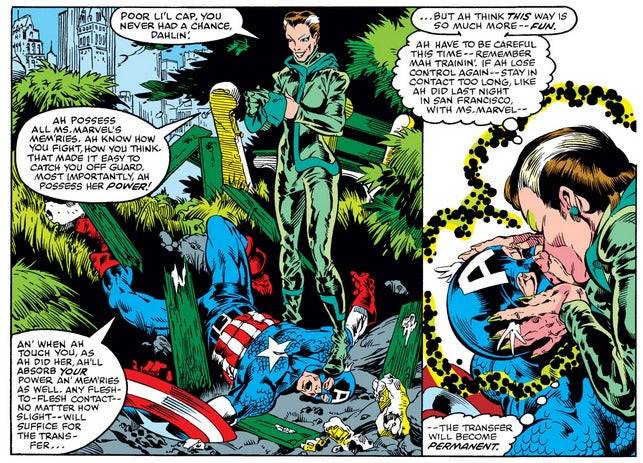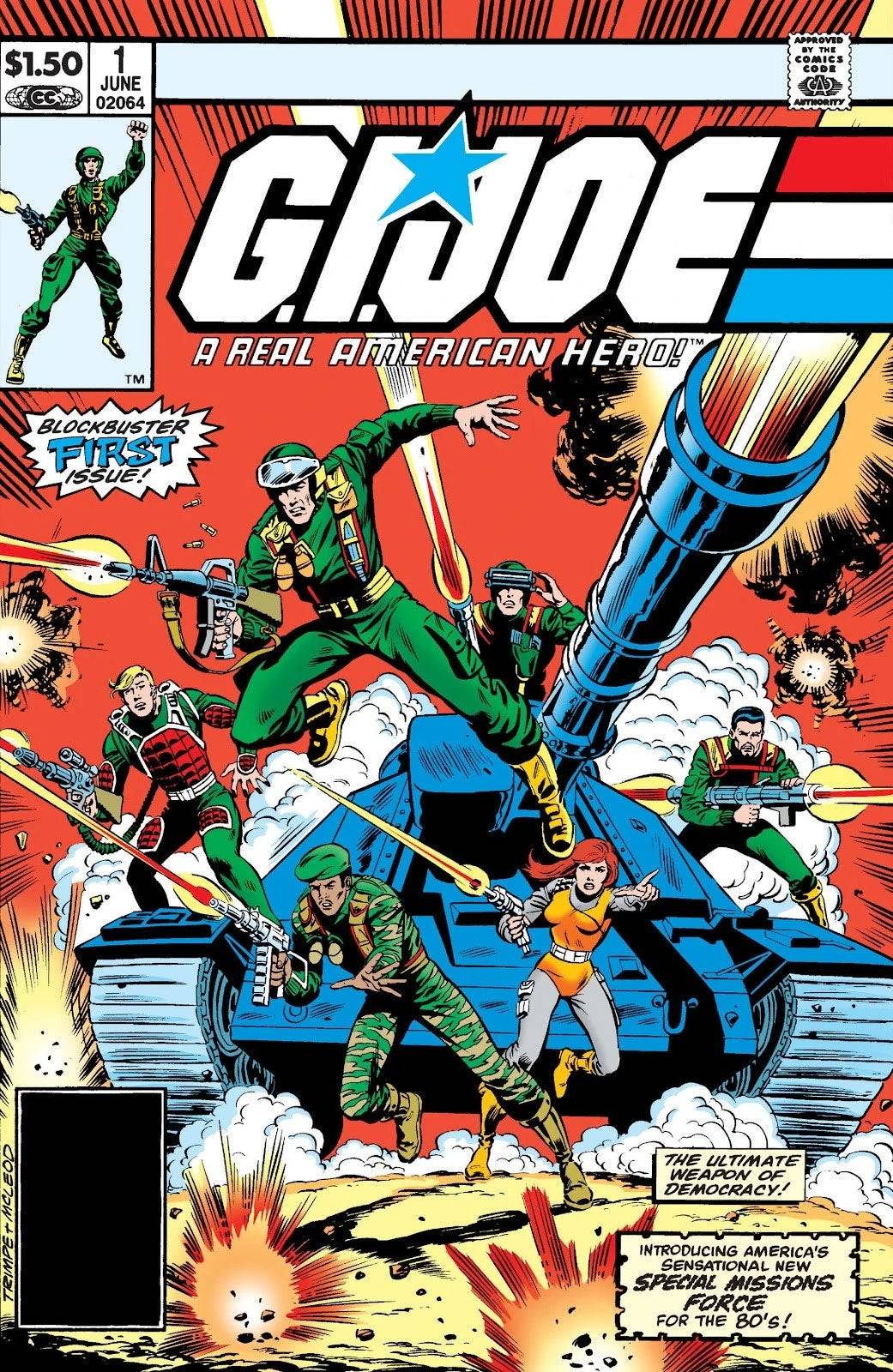The 1970s was a tumultuous time for Marvel Comics, marked by significant changes and the introduction of iconic storylines such as "The Night Gwen Stacy Died" and Doctor Strange's encounter with God. However, it was in the early 1980s that Marvel truly hit its stride, with legendary creators producing some of the most memorable runs in comic book history. Frank Miller's groundbreaking work on Daredevil, John Byrne's transformative take on the Fantastic Four, David Michelinie's influential Iron Man stories, and the peak of Chris Claremont's epic X-Men saga all contributed to what many consider Marvel's golden age. The contributions of Roger Stern to Amazing Spider-Man and Walt Simonson to Thor further cemented the decade's importance. These creators and their work are pivotal to understanding the enduring appeal of these characters today.
The 1980s may well be remembered as the true golden age of the Marvel Universe. In this seventh installment of our series on essential Marvel issues, we delve into the significant events and characters that defined this era.
More Essential Marvel
1961-1963 - The Birth of a Universe
1964-1965 - The Sentinels Are Born and Cap Dethaws
1966-1969 - How Galactus Changed Marvel Forever
1970-1973 - The Night Gwen Stacy Died
1974-1976 - The Punisher Begins His War on Crime
1977-1979 - Star Wars Saves Marvel From Bankruptcy
The Dark Phoenix Saga and Other All-Time X-Men Stories
Chris Claremont's transformative run on the X-Men, which began in 1975, reached its zenith in the early 1980s with three landmark stories. The first, the Dark Phoenix Saga (X-Men #129-137), is arguably the most iconic X-Men story ever told. It chronicles Jean Grey's transformation into the Dark Phoenix, influenced by the Hellfire Club, and her subsequent battle with the X-Men. This cosmic tale, co-plotted and illustrated by John Byrne, introduced key characters like Kitty Pryde, Emma Frost, and Dazzler. Jean Grey's ultimate sacrifice remains one of the most poignant moments in X-Men lore. Despite numerous adaptations, including films like X-Men: The Last Stand and Dark Phoenix, the animated series have captured the essence of the story more faithfully.
Following closely was the gripping two-issue arc, Days of Future Past (X-Men #141-142), where Kitty Pryde travels back in time to avert a dystopian future ruled by Sentinels. This story, first featuring the Sentinels in 1965 by Stan Lee and Jack Kirby, has been revisited multiple times and was adapted into the 2014 film X-Men: Days of Future Past.
Completing the trilogy of essential X-Men stories from this period is X-Men #150, which delves into Magneto's Holocaust survivor backstory, a pivotal moment that reshaped his character into a more complex figure.

The First Appearances of Rogue, She-Hulk, and the New Mutants
The 1980s also saw the introduction of major female characters. Rogue, initially a villain, debuted in Avengers Annual #10 as part of Mystique's Brotherhood of Evil Mutants. Her absorption of Carol Danvers' powers marked a turning point for both characters. This issue also addressed Carol's troubling past with Marcus Immortus, a storyline that has been difficult to adapt but remains crucial to Marvel's history.

She-Hulk, created by Stan Lee, made her debut in Savage She-Hulk #1. Jennifer Walters, Bruce Banner's cousin, gained powers through a blood transfusion and became a prominent member of the Avengers and Fantastic Four. Tatiana Maslany brought this character to life in the MCU series.
The New Mutants, the first X-Men spin-off series, debuted in Marvel Graphic Novel #4 and introduced a new generation of mutant heroes, including Cannonball, Sunspot, Karma, Wolfsbane, and Dani Moonstar. Magik joined the team in issue #15, and this lineup inspired the 2020 film, with Anya Taylor-Joy portraying Magik.
Iconic Storylines for Daredevil, Iron Man, and Captain America
Daredevil #168 marked the beginning of Frank Miller's legendary run, introducing Elektra and redefining Daredevil's world. Miller's narrative, blending gritty realism and crime noir, included pivotal moments like Kingpin's rise as Matt Murdock's nemesis and Elektra's tragic death at the hands of Bullseye. This run influenced the 2003 film and the 2015 Netflix series, with the upcoming MCU show Daredevil: Born Again continuing this legacy.
Iron Man's Doomquest (Iron Man #149-150) by David Michelinie and Bob Layton showcased Iron Man's solo battle with Doctor Doom, leading to an adventure in Arthurian times. This story solidified Doom as a key adversary in Iron Man's rogues gallery.
Captain America #253-254, crafted by Roger Stern and John Byrne, featured a darker tale with Cap battling the Nazi vampire Baron Blood. This arc stands out for its compelling narrative and striking artwork.
Moon Knight Becomes a Hero and Marvel Helps Create the G.I. Joe Mythology
Moon Knight's transition from villain to hero was solidified in Moon Knight #1, where Doug Moench and Don Perlin fleshed out his backstory and introduced his alternate personalities, setting the stage for all future Moon Knight stories.

Although G.I. Joe is not owned by Marvel, the company played a crucial role in developing the franchise. The 1982 Marvel comic, written by Larry Hama, introduced key characters like Scarlett, Snake Eyes, and the Baroness, turning G.I. Joe into one of Marvel's most popular titles of the mid-1980s. Hama's work resonated with a diverse readership, including women, due to the equal treatment of female characters.




